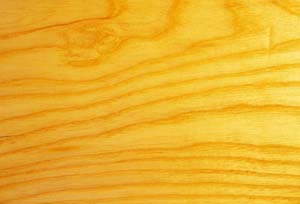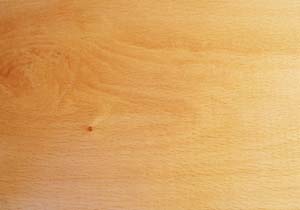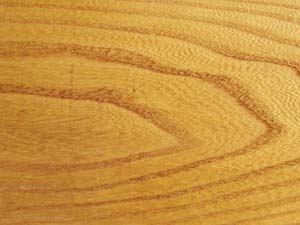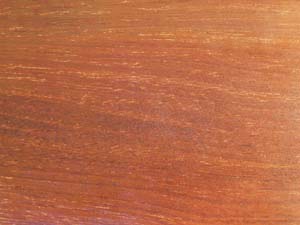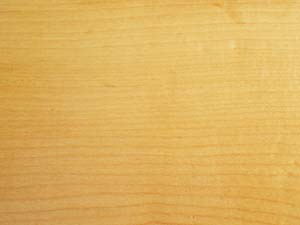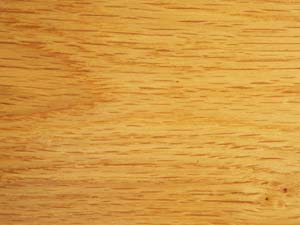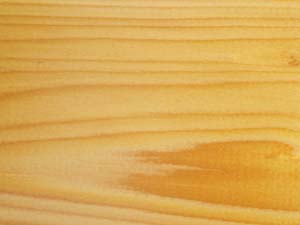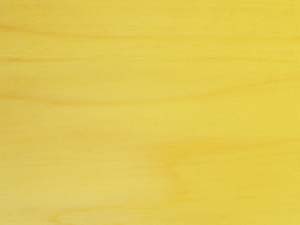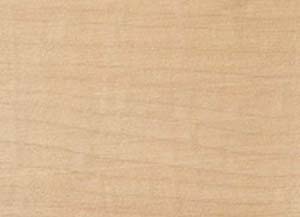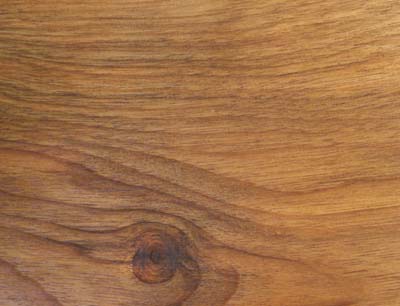ENGLISH COUNTRY TIMBER DESCRIPTION and FRENCH TRANSLATION.
ENGLISH FRENCH
ASH FRÊNE
A pale straight grained timber, prized for it’s elasticity. It has been used to make carriage wheels and is still used today to make Windsor chairs and Morgan car chassis.
WALNUT NOYER
A beautiful timber used over the centuries for high quality cabinet making. It can have the most wonderful grain and is often cut for veneers. The English walnut tends to be more dense than the continental walnut, as it grows more slowly in our temperate climate. Can be considered the king of English timbers, along with Oak of course.
YEW IF
A wonderful dense timber, used over the centuries for furniture making. Each church yard had Yew trees growing, as it was used to make the British longbow, with the sapwood being on the inside of the bow. The wood has a rich deep colour with the sapwood when first cut, being almost white, giving a stunning contrast. It can initially be mistaken for pine in an old piece of furniture, but the weight dictates that it is Yew.

